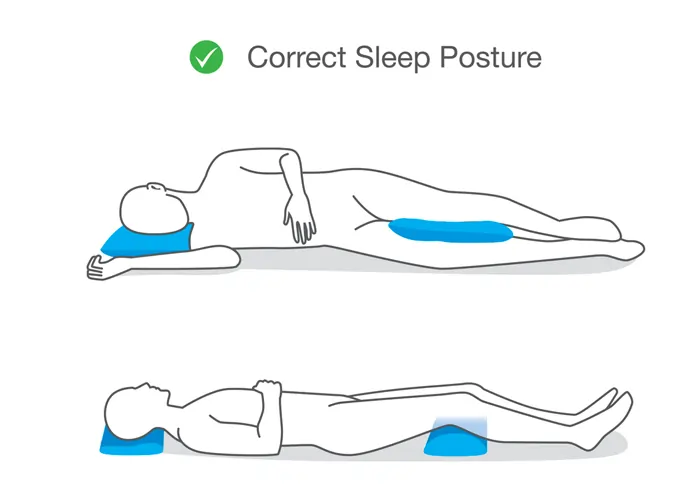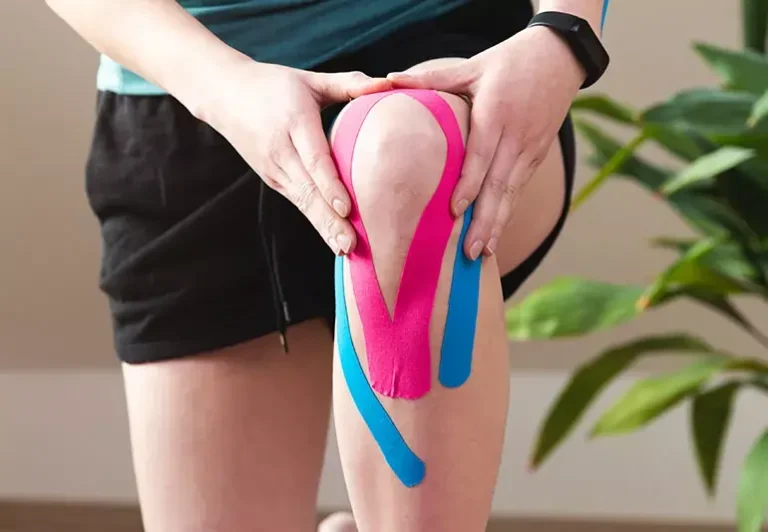How Does Psoriatic Arthritis Affect Your Nails?
Introduction:
Psoriatic arthritis (PsA) is an inflammatory condition that can affect the nails, leading to noticeable changes. Common nail symptoms include pitting (small dents on the nail surface), discoloration, thickening, and separation of the nail from the nail bed (onycholysis).
These changes occur due to inflammation in the skin and tissues around the nails, often causing discomfort and affecting nail appearance. Early recognition of these signs can help in managing PsA more effectively.
Psoriatic arthritis (PsA): What is it?
One kind of inflammatory arthritis that is frequently linked to psoriasis is psoriatic arthritis (PsA). It combines the scaly skin and scalp areas caused by psoriasis with the painful, inflammatory joints typically found in arthritis.
According to the National Psoriasis Foundation, PsA develops in about 30% of psoriasis patients. The disorder might vary in severity. From moderate cases that only impact a few joints to more severe ones that affect several joints, it can vary in severity. The nails may also be impacted.
Psoriasis of the fingernails might occasionally be an early indicator of PsA. A 2017 review of the literature found that nail lesions are present in roughly 80% of PsA patients.
How does PsA affect your Nails?
Numerous nail problems might be caused by PsA. While the specific cause is uncertain, there are various probable elements that may play a role.
Among them are the following:
- your genes
- your environment
- how your immune system works
The activity of human leukocyte antigens (HLA), a kind of protein found in your cells, may be connected to PsA.
Signs and symptoms of Nail Psoriatic Arthritis:
The following are the signs and symptoms of nail psoriatic arthritis:
Pitting of the nail
These depressions on the nail are the most prevalent sign of PsA, appearing in more than two-thirds of persons with the condition, according to the Psoriasis and Psoriatic Arthritis. They can be big and deep or small and shallow.
Onycholysis
This is the slow (painless) detachment of a nail from the underlying nail bed. Bacteria or fungi may be able to infect the nail bed through the pocket that is formed. A fungal infection affects roughly one-third of individuals with nail psoriasis.
Subungual (under a finger or toenail) hyperkeratosis
Skin cell buildup causes a flaky or chalky substance (often referred to as debris) to accumulate under the nail. It’s more of a concern in toenails because the constant pressure from shoes can be painful.
Ridging
Inflammation of the matrix, which is the area at the base of the nail where the cells that form new nail growth are produced, can result in these lengthwise grooves and ridges known as Beau’s lines. They frequently appear on each fingernail or toenail.
Thickness
Since skin and nails are composed of the same protein, excessively fast skin cell proliferation can also result in excessively thick and/or rapid nail growth.
Crumbling
A crumbly appearance may result from chronic inflammation of the nail matrix.
Color changes
Psoriatic arthritis patients frequently have reddish markings and/or white, yellow, or brown discoloration (also known as splinter hemorrhages, which are caused by microscopic burst blood vessels under the nails).
Treatment of Nail Psoriatic Arthritis
Managing the underlying illness and reducing any pain are the main goals of treatments for psoriatic nail issues. These therapies could consist of the following:
Typical drugs for PsA include:
NSAIDs, or nonsteroidal anti-inflammatory medicines, are medications that assist ain alleviating pain and reducing inflammation. Ibuprofen (Advil, Motrin) and naproxen (Aleve) are examples of this class of drugs.
DMARDs, or disease-modifying antirheumatic medications, are medications that stop PsA from causing irreversible joint damage. Among the examples are:
- apremilast (Otezla)
- leflunomide (Arava)
- methotrexate (Trexall)
- sulfasalazine (Azulfidine)
Biologic agents: Developed through genetic engineering, biologics are a more recent class of arthritis medications. They target your body’s inflammation.
Certain treatments, like the following, directly target your nails:
Cortisone injections: To reduce inflammation and treat psoriatic lesions, a doctor may administer cortisone injections into the nail bed. Typically, these injections target inflammation in a single joint.
Steroid cream: You may receive a prescription from your doctor to apply a steroid cream straight on your nails.
Light therapy: Light therapy, also known as phototherapy, slows the proliferation of skin cells by using UV light to treat psoriasis. To treat nail psoriasis, you can do it at home with specialized tools or at your doctor’s office.
Antifungal drugs: Your doctor may recommend a topical antifungal treatment if you get a fungal nail infection.
Antibiotics: You could require oral antibiotics if you have a bacterial infection in your nail.
Home remedies for Nail Psoriatic Arthritis:
Nail care
For those who have nail psoriasis, general nail care is crucial. People should strive to stay away from activities that can harm their hands or nails since they might cause a flare-up of symptoms if they sustain new nail injuries.
People need to adhere to the daily nail care recommendations of their dermatologist or physician. This can entail keeping the nails short to avoid breaking and carefully cleaning beneath them every day.
Additional nail care advice includes:
- Applying a natural, fragrance-free moisturizer to the hands and feet.
- Keeping the nails dry and trimmed.
- Preventing damage to the nails, for example, by wearing gloves when doing the dishes.
People should avoid:
- Soaking the nails in hot water might exacerbate pain and induce dryness.
- Compounds are found in perfumes, nail paints, and soaps.
- Excavating or plucking at the skin accumulation and cuticles beneath the nail.
- Nail biting.
- Nail polish and acrylic nails.
When to contact a doctor
If a PsA patient is exhibiting new nail problems, they might want to see a physician. They can also ask their doctor about alternative treatment alternatives if they are not sure if their current course of treatment is working.
Results from any treatment may take some time to manifest because the nails grow slowly. Treatment can be more successful if you keep in contact with the medical staff and attend all of your visits.
Summary
Psoriasis is often associated with PsA. It combines the scaly patches of psoriasis on the skin and scalp with the stiff, inflammatory joints that are commonly associated with arthritis.
Pitting, flaking, and ridges are some of the signs that this illness can cause in the nails. Self-care techniques and treatment alternatives can help you feel less uncomfortable.
FAQs
When should I consult a physician about nail PsA?
Consult your physician if you notice any symptoms of fungal infections or psoriasis. Your doctor can also assist in diagnosing and treating any new nail issues you may be experiencing if you have psoriasis.
How do your PsA-treated hands look?
In addition to its effects on your nails, PsA can induce dactylitis, or swelling in your fingers. Your toes may also be impacted.
Which six symptoms indicate PsA?
The symptoms of nail disease, weariness, lower back pain, dactylitis, eye inflammation, and joint stiffness are six early indicators of PsA, while there are many more.
What is the appearance of psoriatic fingernails?
The following are signs of nail psoriasis: Discolouration: The nail bed, or skin beneath your nails, may undergo color changes. These alterations, sometimes known as oil drop spots or salmon patches, might appear pink, brown, red, or yellow. Pitting: Dents or pits (cupuliform depressions) may appear in your nails.
Why have I developed psoriasis on my nails?
Possible systemic causes of nail bed psoriasis include bacterial endocarditis, rheumatoid arthritis, cancer, systemic lupus erythematosus, and antiphospholipid syndrome. Increased capillary fragility in healthy people can also result in the latter condition.
References
- Osborn, C. O. (2024, January 10). How psoriatic arthritis affects your nails. Healthline. https://www.healthline.com/health/psoriatic-arthritis-nails#faq
- Repinski, K. (2023, June 2). The 7 Ways psoriatic arthritis can change your nails (and what you can do to avoid it). CreakyJoints. https://creakyjoints.org/about-arthritis/psoriatic-arthritis/psa-overview/psoriatic-arthritis-nail-changes/
- Johnson, J. (2024, March 19). How does psoriatic arthritis affect the nails? https://www.medicalnewstoday.com/articles/324342#seeking-help







